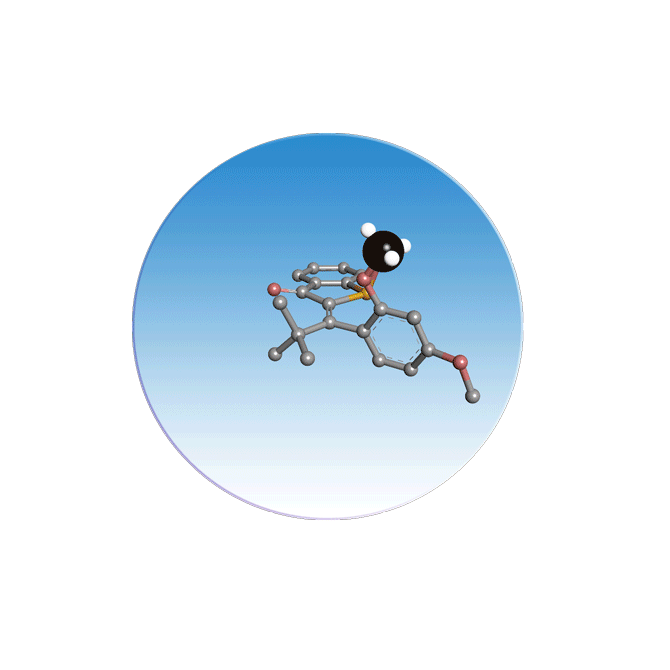
It almost sounds like a utopia: When a molecular motor can be operated with just light, regardless of the ambient temperature. But beware, anyone who now thinks of car drives is wrong. These engines are used in nanotechnology.
Chemists from LMU in Munich have developed a molecular motor that is powered by light. This means that molecules can carry out specific rotary movements by means of an external energy supply. They thus form an important basis for applications in nanotechnology. Molecules that change their structure under the influence of light are particularly suitable for nanoscale motors. Up to now, light-driven molecular motors have required additional reactions driven by heat. This is why they were previously dependent on the ambient temperature.
Independent of temperature
Henry Dube, LMU chemist, together with the student Aaron Gerwien, has now achieved the decisive breakthrough. They have developed a molecular motor that functions independently of temperature. It uses light as the driver and runs even faster at low temperatures. Until now, this was not possible. Molecular motors reacted to the ambient temperature. This also limited the field of application in nanotechnology.
Rotational motion due to light
In order to generate a complete 360-degree rotation with the rotary motion, a certain part of a molecule is to perform several rotary steps around another. The problem here is that the molecule must be prevented from turning back again. To do this, molecular motors require so-called ratchet steps. These are intermediate steps that change the molecule after a rotation in such a way that a back rotation is excluded. Normally, this is achieved by heat. Disadvantage: If the ambient temperature drops, the molecular motor runs all the slower – and it stops at cold temperatures.
New opportunities in nanotechnology
For the new version of the molecular motor, Dube also relies on the molecule Hemithioindigo, as with previous drives. It consists of two different hydrocarbon halves. They are connected to each other by a chemical double bond. “We have now succeeded in modifying the molecule in such a way that three partial reactions are sufficient to achieve complete rotation of one part of the molecule around the other,” says Dube. The special thing about this is that all partial steps of the rotation do not require thermal intermediate steps and are only driven by visible light. At low temperatures, the rotation becomes even faster. “The sub-steps consist of three different photoreactions, two of which we only proved experimentally for the first time this year,” explains Dube. The scientists are certain that their research will open up new applications in nanotechnology.
What is nanotechnology actually?
Nanotechnology is understood to mean a plurality of technologies based on the same order of magnitude of nanoparticles. In other words, a structure size of 100 nanometers (nm). One nanometer corresponds to one billionth of a meter (10-9 m). In comparison, the size of a nanoparticle is about the size of a football in relation to the globe. Nanotechnology is used in areas such as cluster, semiconductor and surface physics as well as in surface and other areas of chemistry. Nanotechnology is also used in sub-areas of mechanical engineering and food technology (nano-food). Nanomaterials play an important role here. They are usually produced chemically or by mechanical methods. Some of them can already be found in commercial products. Others serve as model systems for physical-chemical and material science research.

Photo: Three partial steps driven by visible light are sufficient to achieve complete rotation. Picture: A. Gerwien, LMU
More about the Research at the LMU

